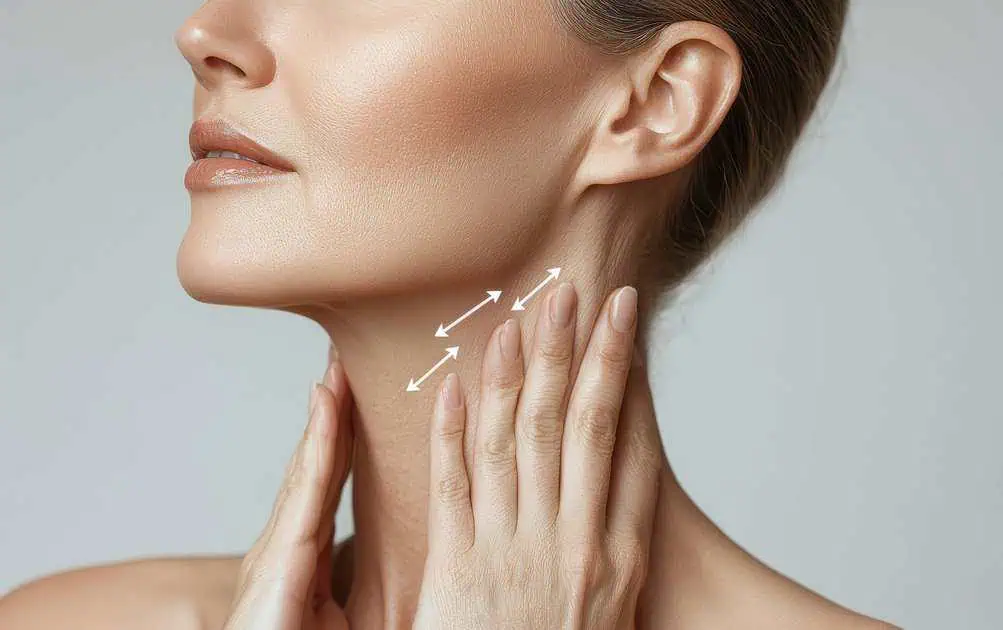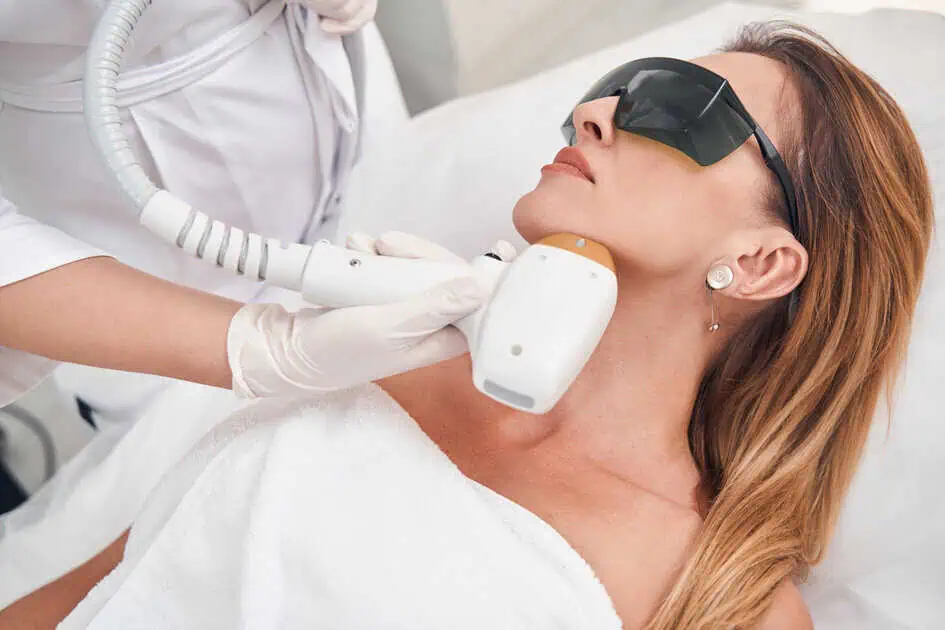Fillers are among today’s modern approaches to youthful rejuvenation. As we age, our faces naturally tend to lose volume. Fillers can help restore this volume. These injectables plump up wrinkles and smooth lines on your face. Several types of fillers are available in the cosmetic market nowadays. Typically, practitioners and healthcare providers inject fillers around your eyes and in the mouth and nose areas. This standard cosmetic procedure naturally produces results and can last months or years.
Today, let us know more about fillers, their contraindications, potential side effects, and helpful precautions. Continue reading and discover if fillers can also work for you.
What are Fillers?
Dermal fillers, or simply fillers, are injectables for non-surgical cosmetic procedures. Fillers plump up wrinkles and smooth lines and restore volume to your face. Practitioners inject these substances just under your skin.
People choose to get fillers to enhance their facial features or gain a much younger-looking appearance. Typically, this elective treatment takes less than half an hour to complete, with minimal recovery time. Results are seen immediately, lasting for months to even years, greatly based on the type of filler and the location.
There are several kinds of fillers. Your trusted skincare expert will discuss all your options before undergoing filler procedures. As with all cosmetic procedures, there are potential risks, including bleeding, bruising, and infections. Plans from insurance companies generally don’t cover elective cosmetic procedures such as filler injections.
Why Use Fillers
As we age, our bodies start losing collagen, a vital substance all over our body, including in our skin, bones, muscles, and connective tissues. Diminished collagen amounts in your skin cause skin laxity or skin getting loose and volume loss. Eventually, skin becomes thinner, loses its elasticity, and starts to sag.
You may choose to get fillers to:
- Smooth wrinkles and creases on your face.
- Add volume to sagging skin.
- Plump up lips and cheeks.
- Make your facial features more symmetrical.
Moreover, some prescribed medications in treating medical conditions AIDS and HIV can cause thinness in your face. Some people get fillers to restore volume to their faces after taking these medications.
How Common are Fillers?
Fillers are very common, and more than three (3) million people in the United States choose to get fillers annually.
Types of Fillers
There are many types of fillers. Aside from the “off-the-shelf” fillers that use synthetic materials and substances naturally occurring in your body, practitioners can also use fat from your own body. Experts call this procedure “autologous fat grafting,” or removing fat from one body part, then injecting it into your face.
The types of off-the-shelf fillers include:
- Calcium hydroxylapatite, or CaHA, is a filler that consists of a substance in your bones. Typically, results from these fillers last for about a year. Experts usually use CaHA fillers for deeper wrinkles. Examples of CaHA fillers include Radiesse.
- Hyaluronic acid, or HA, is naturally occurring in your skin. This filler type gives the skin volume, keeping it hydrated. As we age, our body stops making hyaluronic acid. HA injection results usually last six (6) months up to a year. The most commonly used type is Restylane.
- Polymethylmethacrylate or PMMA fillers consist of collagen and tiny balls that stay beneath the skin after your practitioner injects them. These balls give the skin volume and keep it firm. Bellafill is one type of PMMA filler.
- Poly-L-lactic acid, or PLLA, is a substance that helps your body create collagen. Usually, experts use poly-L-lactic acid to smoothen deep facial wrinkles. The results can last two (2) years or more. Types of PLLA fillers include Sculptra.
Your doctor or healthcare provider will review the types of fillers and discuss which right option is for you. Talk to these experts about setting realistic goals and the results you can expect after getting injections.
Contraindications of Fillers
Hyaluronic acid fillers are injections that are contraindicated and should not be used in the following situations:
- For products containing lidocaine: patients with known hypersensitivity to lidocaine or amide local anesthetic agents, hyaluronic acid, or a history of severe allergy or anaphylactic shock.
- If the patient has cutaneous disorders, inflammation, or an infection at or near the treatment site.
- In combination with facial peelings, laser or ultrasound-based treatments.
- In pregnant or breast-feeding mothers and children.
- Patients with autoimmune diseases.
- Practitioners should inform sportsmen and women that hyaluronic acid dermal fillers contain an active ingredient that may give positive results in a drug test.
Side Effects of Fillers
Serious side effects and complications are rare for fillers, and some are only temporary. But as with any cosmetic surgery procedure, there are still certain risks. They include the following:
- Bleeding, bruising, redness, pain, and swelling.
- Asymmetrical appearance.
- Infection can lead to severe necrosis (death of the infected skin).
- Damage to your skin can cause scars.
- Numbness.
- Lumps or bumps under your skin.
- Rash and itching.
- Pimples that look like acne.
Rarely do people have vision problems following dermal filler injections. If you have eyesight problems, weakness, discomfort, or pain on one side of your body
get immediate medical help.
Safety Precautions
- The first step in minimizing unwanted results is injecting temporary fillers. This step will enable the patient and the treating physician to evaluate the cosmetic results and decide whether or not a more permanent filler would be desirable.
- Practitioners can minimize swelling and bruising by avoiding anticoagulant medication or over-the-counter products and applying ice packs before and after treatment, along with gentle but firm pressure.
- A thorough understanding of the different recommended depths for injecting other products is also mandatory to avoid the reactions associated with injections placed too superficially. As a general rule, non-permanent, absorbable fillers can be injected superficially, and the more permanent fillers need to be injected more deeply.
- Exaggerated and repeated movements should be minimized during the first three (3) days after a treatment to reduce product migration/displacement.
The Bottomline
Fillers smooth wrinkles and restore volume to sagging skin. Many people choose to get these injections because results are noticeable immediately and recovery time is minimal. Talk to your trusted skincare expert about the risks and benefits and the best filler type.
Do you want to experience fillers, too? Our amazing friends at Preva Aesthetics can help you today. Visit them now!






